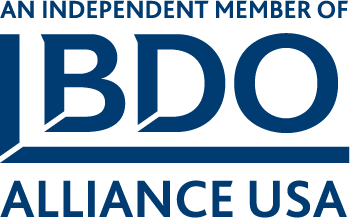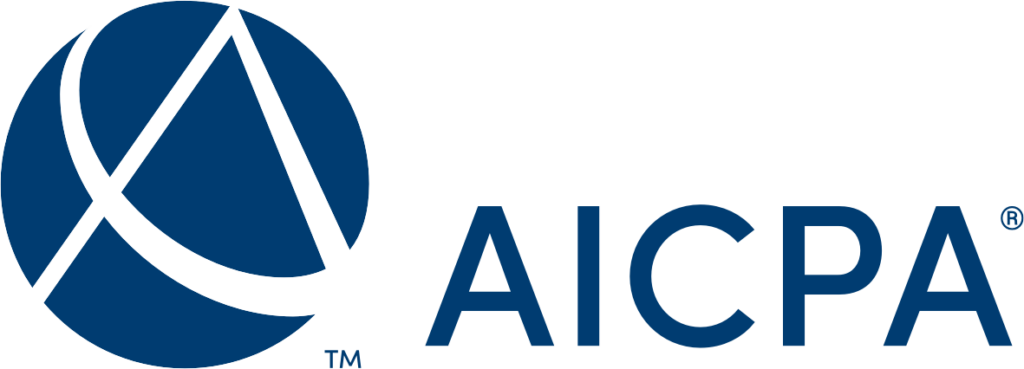Crosslin is pleased to present a six-part series on the American Rescue Plan Act of 2021, covering topics such as stimulus payments, child tax credit, employee retention credit, enhanced earned income tax credit, child and dependent care tax credit, and paid medical and family leave credit. Check back with us throughout the next two weeks to read more about these current hot topics. As always, contact the Crosslin tax team with any questions. Today’s summary discusses the employee retention credit.
The American Rescue Plan Act of 2021 modifies the employee retention credit first created under the Coronavirus Aid, Relief, and Economic Security (CARES) Act then extended and expanded under the Consolidated Appropriations Act, 2021. This highly popular employment tax credit is designed to encourage businesses to keep workers on their payroll and support small businesses and nonprofits through the Coronavirus economic emergency.
Eligible employers may claim the credit against employment taxes equal to a percentage of qualified wages paid to employees beginning in 2020. The American Rescue Plan Act of 2021 modifies the rules for the employee retention credit for calendar quarters beginning after June 30, 2021 as follows:
Eligible Employers
An eligible employer is defined as:
1. An employer whose trade or business is fully or partially suspended during the calendar quarter due to orders from an appropriate governmental authority limiting commerce, travel, or group meetings (for commercial, social, religious, or other purposes) due to the coronavirus disease (COVID-19);
2. An employer that experiences at minimum a 20% decline in gross receipts for the calendar quarter compared to the same quarter in 2019; or
3. A recovery startup business.
If the employer was not in existence at the beginning of the same calendar quarter in 2019, then the employer may use the same calendar quarter in 2020. Employers may also elect to determine if they meet the gross receipts test using the immediately preceding calendar quarter compared to the corresponding calendar quarter in 2019.
A “recovery startup business” means any employer that began carrying on any trade or business after February 15, 2020 with average annual gross receipts of $1,000,000 or less, and is otherwise not an eligible employer described in items 1 or 2 above.
Qualified Wages
Qualified wages are based on the business’s average number of full-time employees in 2019 (or 2020, if not in existence in 2019).
· Small employers, those that had 500 or fewer employees, may receive the credit for wages paid to employees whether or not they are providing services to the employer.
· Large employers, those that had more than 500 employees, may only receive the credit for wages paid to employees for time the employees are not providing services to the employer.
· Severely financially distressed employers, those that are experiencing a minimum 90% decline in gross receipts for the calendar quarter compared to the same quarter in 2019, may receive the credit for wages paid to employees during any calendar quarter.
Credit Amount
In general, the amount of the credit is 70% of qualified wages paid to an employee up to $10,000 per quarter. Recovery startup businesses may consider wages paid to an employee up to $50,000 per quarter. Qualified wages may include amounts paid to provide and maintain a group health plan that are excluded from employees’ gross income.
Employers must report their qualified wages on their federal employment tax returns, usually Form 941, Employer’s Quarterly Federal Tax Return. They can reduce their required deposits of payroll taxes withheld from employees’ wages by the amount of the credit.
Small employers, those that had 500 or fewer employees, may elect for any calendar quarter to receive an advance payment of the credit not to exceed 70 percent of the average quarterly wages paid by the employer in calendar year 2019.
No Double Benefit
There are limitations when considering an eligible employer’s ability to claim the employee retention credit. A double tax benefit is not allowed. Other credits that impact the employee retention credit include, but are not limited to, the following:
· wages that are paid for with forgiven Payroll Protection Program (PPP) proceeds cannot qualify for the employee retention credit;
· qualifying wages for this credit cannot include wages for which the employer received a tax credit for paid sick and family leave; and
· employees are not counted for this credit if the employer is allowed a work opportunity tax credit.
Contact Us
Because of the enhancements and expansion of the employee retention credit, your business may now have an opportunity to take the advantage of this tax benefit. Please call the Crosslin tax team at (615) 320-5500 to discuss the employee retention credit and other business tax relief under the American Rescue Plan Act of 2021.







